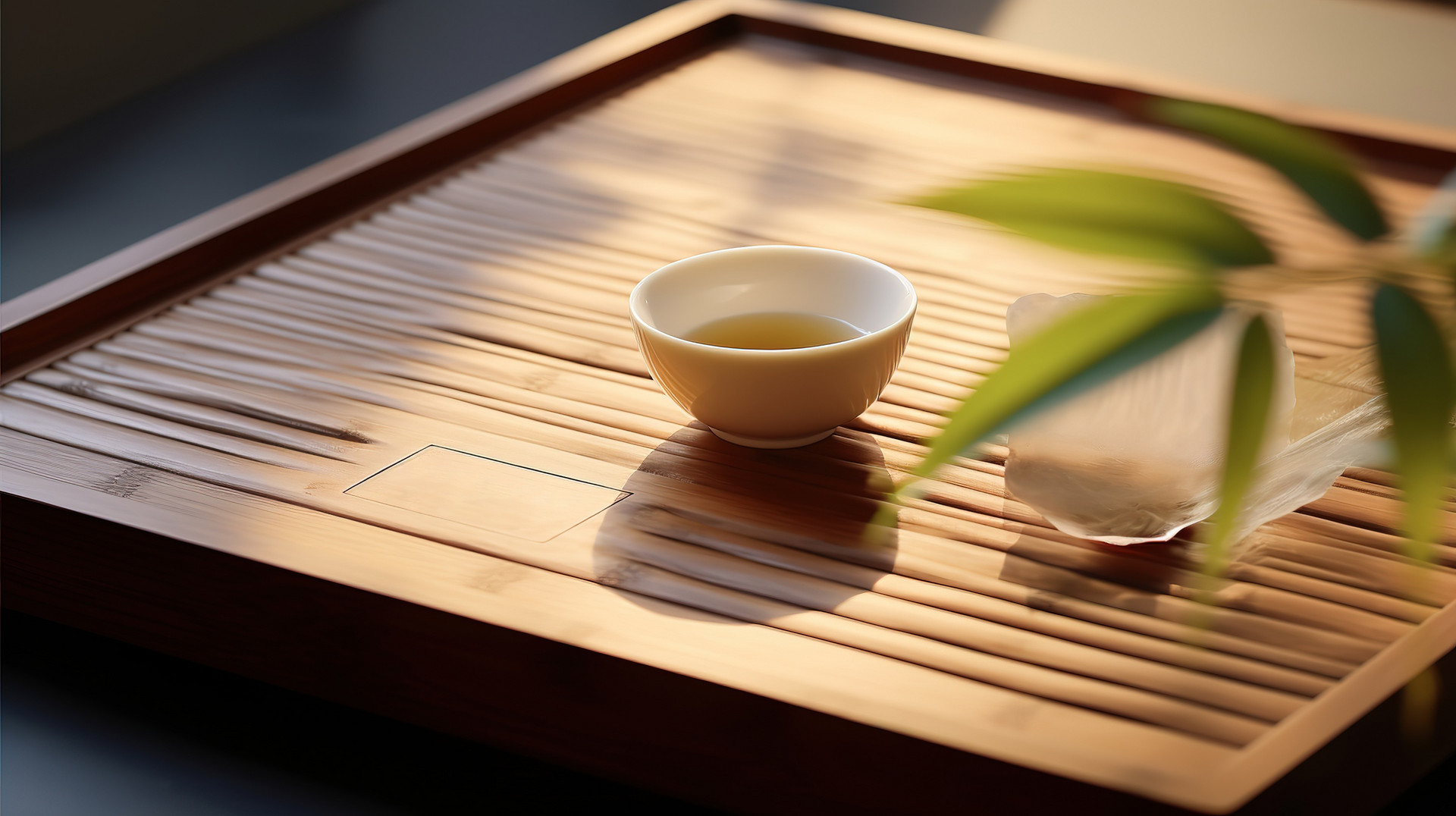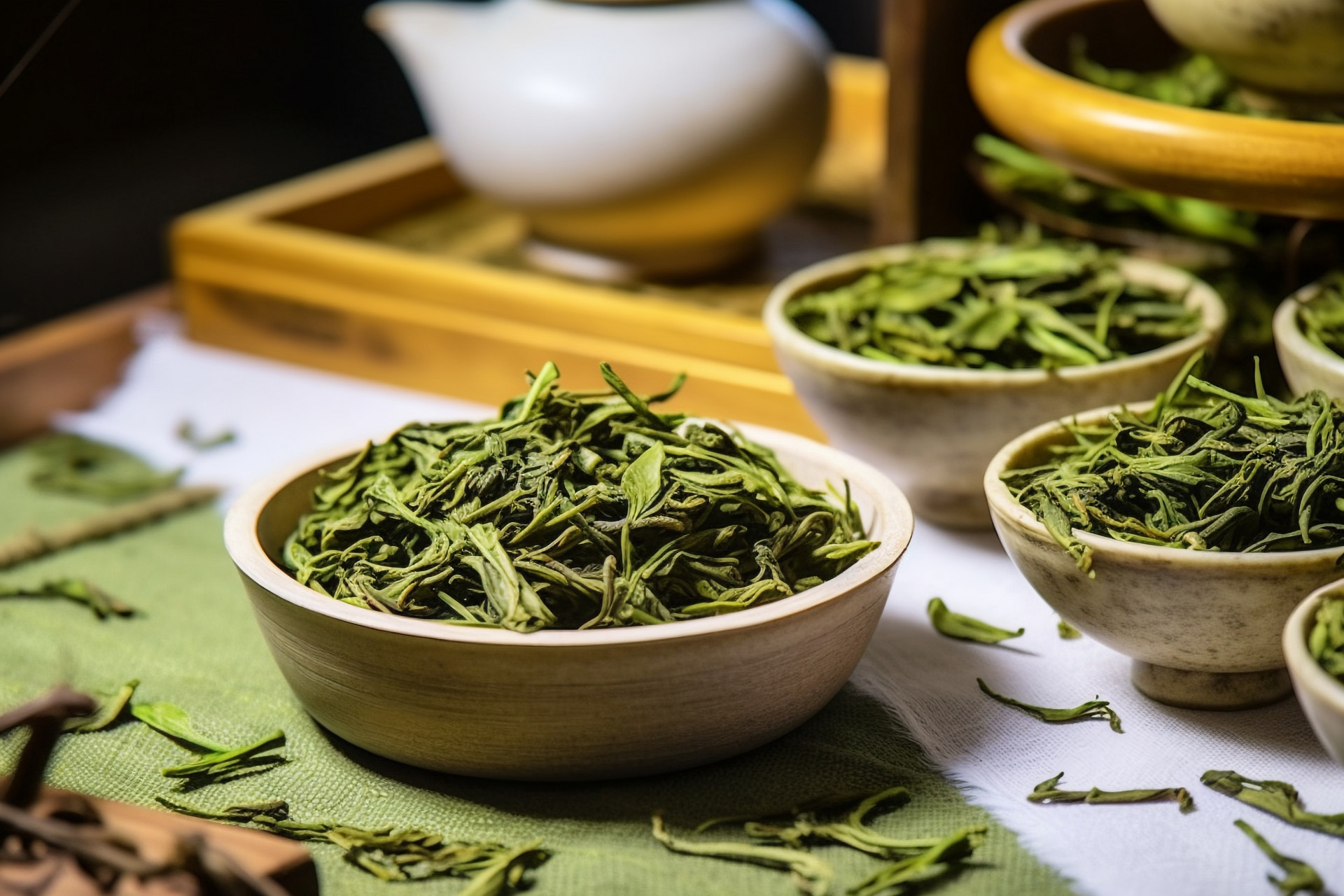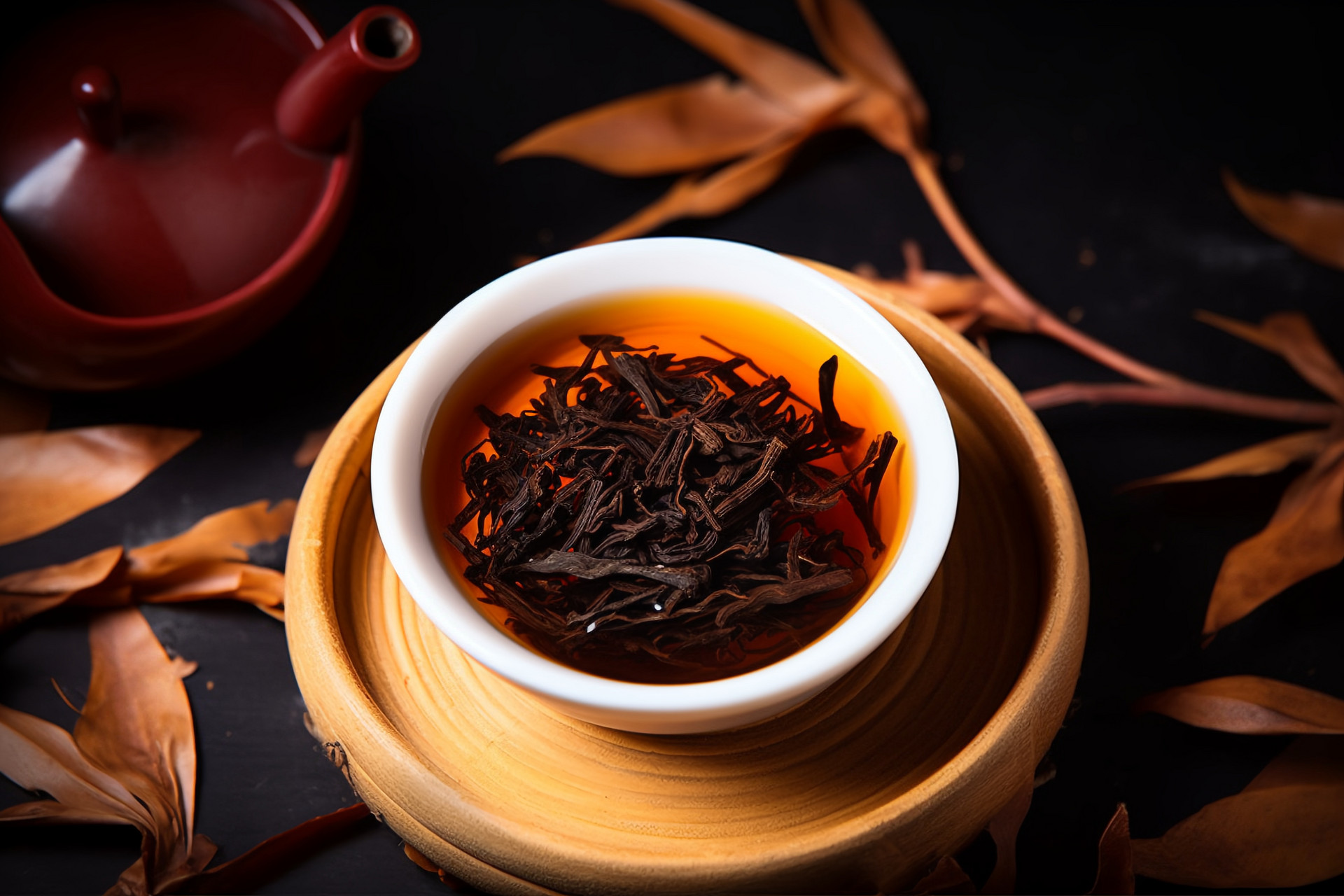【Name】
Shuoju Wine
【Ingredients】
Rhizoma Cyperi, white wine, Rhizoma Acori Tatarinowii
【Method】
Wash and cut a small bunch of Rhizoma Cyperi into pieces, put them in 500g of white wine, soak for 3 days, and then it can be consumed.
【Indications】
Edema, unable to sit or lie down, swelling of the head, face and body. Water retention, yellow swelling all over the body.
【Pharmacological Effects of Rhizoma Acori Tatarinowii】
The flow-soaking extract of Rhizoma Acori Tatarinowii has an inhibitory effect on the isolated uterus of guinea pigs, rabbits, cats, dogs and other animals.
The ethanolic extract of Rhizoma Acori Tatarinowii has analgesic effects on mice.
The alcoholic extract of Rhizoma Acori Tatarinowii has antipyretic and sedative effects.
The extract and components of Rhizoma Acori Tatarinowii have cardiotonic effects and can slow down heart rate.
The essential oil of Rhizoma Acori Tatarinowii has antibacterial and anti-inflammatory effects.
Rhizoma Acori Tatarinowii can inhibit the growth of mouse sarcoma S180.
Rhizoma Acori Tatarinowii can increase bile flow and has the functions of strengthening the stomach and dispelling gastrointestinal flatulence.
【Identification of Rhizoma Acori Tatarinowii in Formulas】
(1) The powder of this product is light brown. Secretory cells are round with a diameter of 35-72μm and contain light yellow-brown to reddish-brown secretions. 5-8 cells are arranged radially around them. Epidermal cells are polygonal and often accompanied by subepidermal fibers and thick-walled cells. Subepidermal fibers are bundled, dark brown or reddish-brown, with a diameter of 7-22μm and thick walls. Thick-walled cells are square, round or irregularly shaped, with slightly thick walls and clear striations. There are few stone cells, which are square, round or polygonal and have thick walls.
(2) Take 1g of the powder of this product, add 5m1 of ether, let it stand for 1 hour, shake it from time to time, filter it, evaporate the filtrate, dissolve the residue in 0.5ml of ethyl acetate, and use it as the test solution. Take α-asarone as the reference substance, add ethyl acetate to make a solution containing 1mg per 1ml, and use it as the reference solution. Perform thin layer chromatography test according to the method (Appendix VIB). Take 2μl of each of the above two solutions, and spot them on the same silica gel GF254 thin layer plate. Use dichloromethane-ethyl acetate-acetic acid (80:1:1) as the developing agent, develop, take out, air dry, and examine under ultraviolet light (254nm). In the test solution, dark blue spots appear at the corresponding positions as the reference solution; spray with p-dimethylaminobenzaldehyde reagent, let it stand for a while, and the spots gradually turn orange-red.












![[Herbal Wine Recipes for Health and Beauty]](https://tcmmaintenance.com/uploads/20240715/7241f6b6eafdaed88c28b26a37213964.jpg)